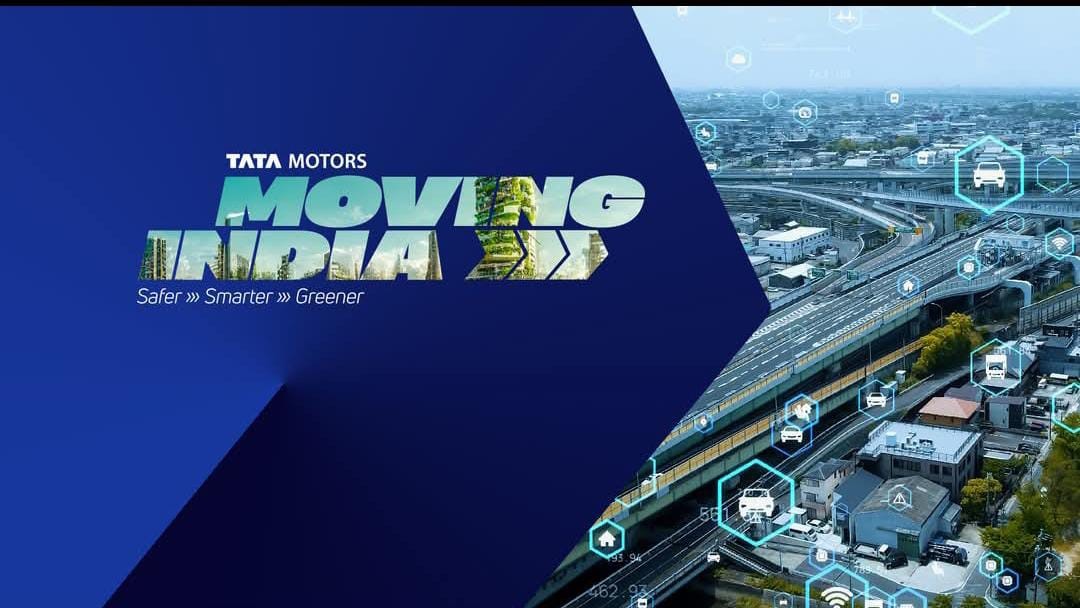Tata Nano Electric: A First Known Step in the Direction of Affordable Green Mobility.
2025 #TATA #NANO #EV: The #Ultimate #AFFORDABLE #ELECTRIC #Car #Revolution!
https://t.co/coAQfTI5DR
#ElectricCars #ElectricVehicles pic.twitter.com/JTjZI8PYim— EVSHIFT (@evshift) January 12, 2025
The Tata Nano Electric is a unique electric variant, the Tata Nano Electric or Jayem Neo EV, and is one of the latest variants of the famous car made affordable for millions of Indian consumers. After its launch in 2008, Nano was revolutionary in its offer to put car ownership within many millions of the Indian public. The features of this Nano Electric have been covered in this article with a perspective of how it compares with petrol vehicles.
Tata Nano Electric: Why the Special?
Nano Electric is intended as a low-cost and nature-friendly vehicle. Jayem Automotives and them have developed this electric version to cater to the need for sustainable urban transportation.
Price: If Tata were to launch the Nano EV, an ideal pricing range would be between Rs 6 lakh and Rs 9 lakh.
Major Features:
Electric Powertrain:
Utilizes a lithium-ion battery pack with one electric motor.
Provides operating ranges of 100-150 km on a single charge, making it best suited for city use.
Zero Emission:
No tailpipe emissions mean a clear environmental win.
Silent:
Quiet and smooth operation is guaranteed through its electric motor.
Cost-Efficient:
With lower running costs for electricity when compared to petrol or CNG, Nano Electric enhances savings on running costs.
Comparison with the Standard Nano
The original Tata Nano was originally conceived as the “people’s car” and was a small yet economical vehicle powered by a petrol engine of 624cc. Here is a comparison between the electric version and the original:
| Feature | Nano Electric | Standard Nano |
|---|---|---|
| Power Source | Electric Motor & Battery | Petrol/CNG Engine |
| Emissions | Zero | CO2 and other pollutants |
| Range | 100-150 km/charge | ~400-600 km/tank |
| Refueling/Charging | 4-8 hours (charging) | Minutes (fueling) |
| Noise Levels | Silent | Engine noise |
| Running Costs | Low | Moderate |
Market Position and Availability
The Nano Electric was first and foremost primarily targeted at fleet operators like Ola and Uber in an urban context. However, its availability for purchase was limited for private buyers. Although considered a promising product, the Nano Electric did not see mass-market success, partly due to infrastructure challenges facing the Indian market, particularly the lack of widespread EV charging stations.
Pricing
Specifics of the Nano Electric pricing have not yet been formally revealed. Expectedly, the costs will stay low, in keeping with the original philosophy of the Nano. Comparatively, running costs for the electric version are significantly lower than its petrol counterpart.
Challenges
Lack of Range:
The range is only 100-150 km, which may not work towards long-distance travel.
Charging Infrastructure:
Poor infrastructure charging stations in India still act as a barrier to EV adoption.
Awareness:
Market visibility is reduced largely as most consumers are unaware of the Nano Electric.
Nano Electric Within the Framework of EV Expansion
The electric vehicle market in India has been steadily expanding, supported by government initiatives such as the Faster Adoption and Manufacturing of Hybrid and Electric Vehicles (FAME) scheme and a commitment to a more sustainable future. Reviving vehicles like the Nano Electric with improvements could significantly contribute to making electric mobility accessible to a wider audience.
Conclusion
The Tata Nano Electric signifies a daring initiative aimed at making electric vehicles more accessible and budget-friendly. Although its limited production and emphasis on fleet usage have prevented it from gaining widespread attention, it stands as a representation of innovation in India’s pursuit of sustainable transportation. With appropriate updates and support infrastructure, the Nano Electric could still emerge as a groundbreaking vehicle in the affordable electric vehicle market.
As India progresses toward its ambitious goals for EV adoption, the experiences gained from the Tata Nano Electric may pave the way for a fresh wave of cost-effective, environmentally friendly cars designed specifically for the Indian consumer.

